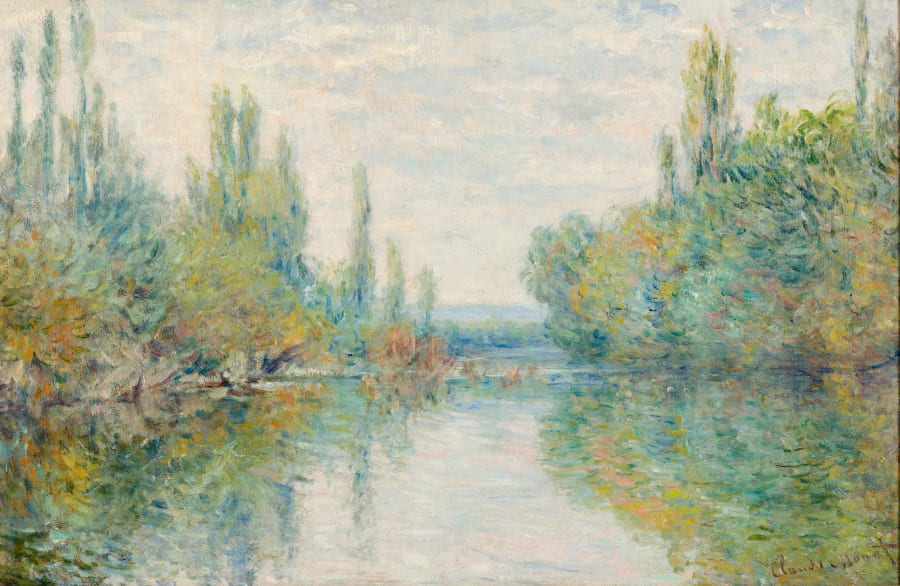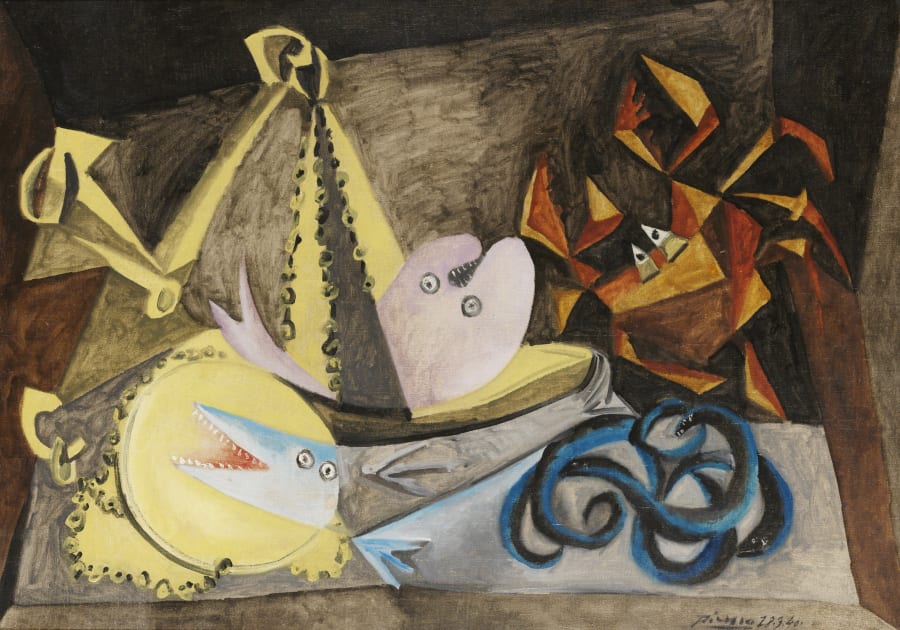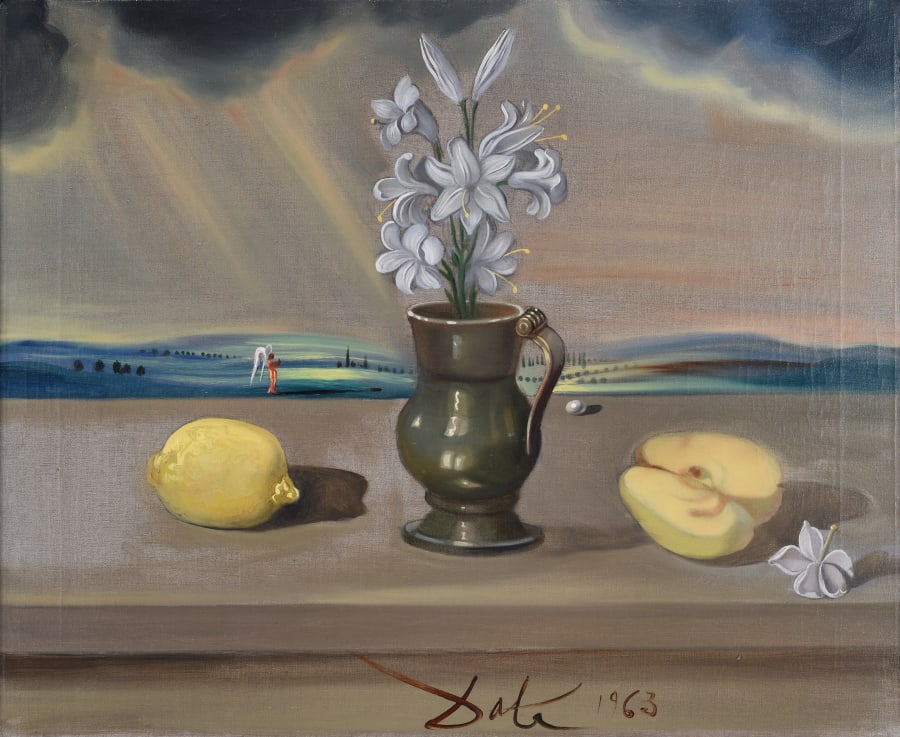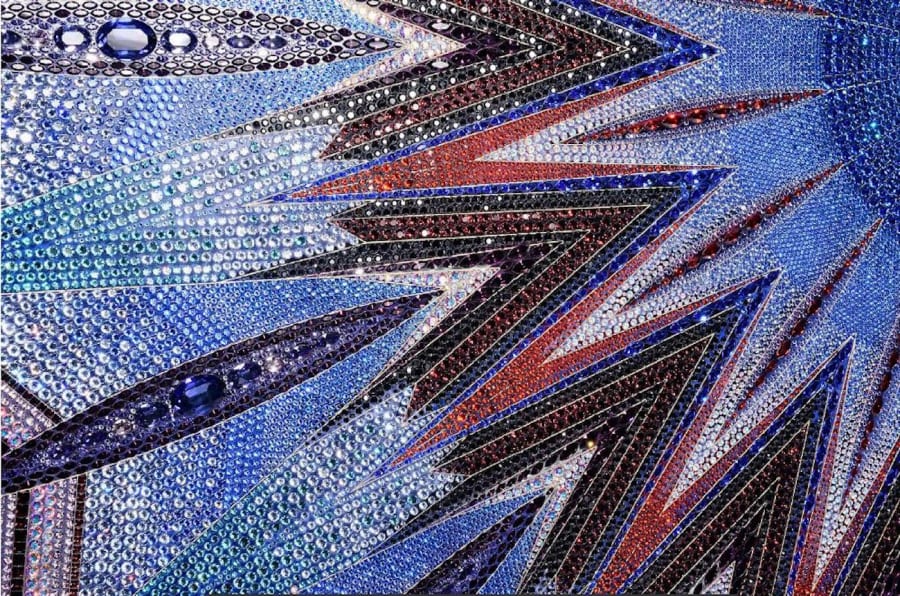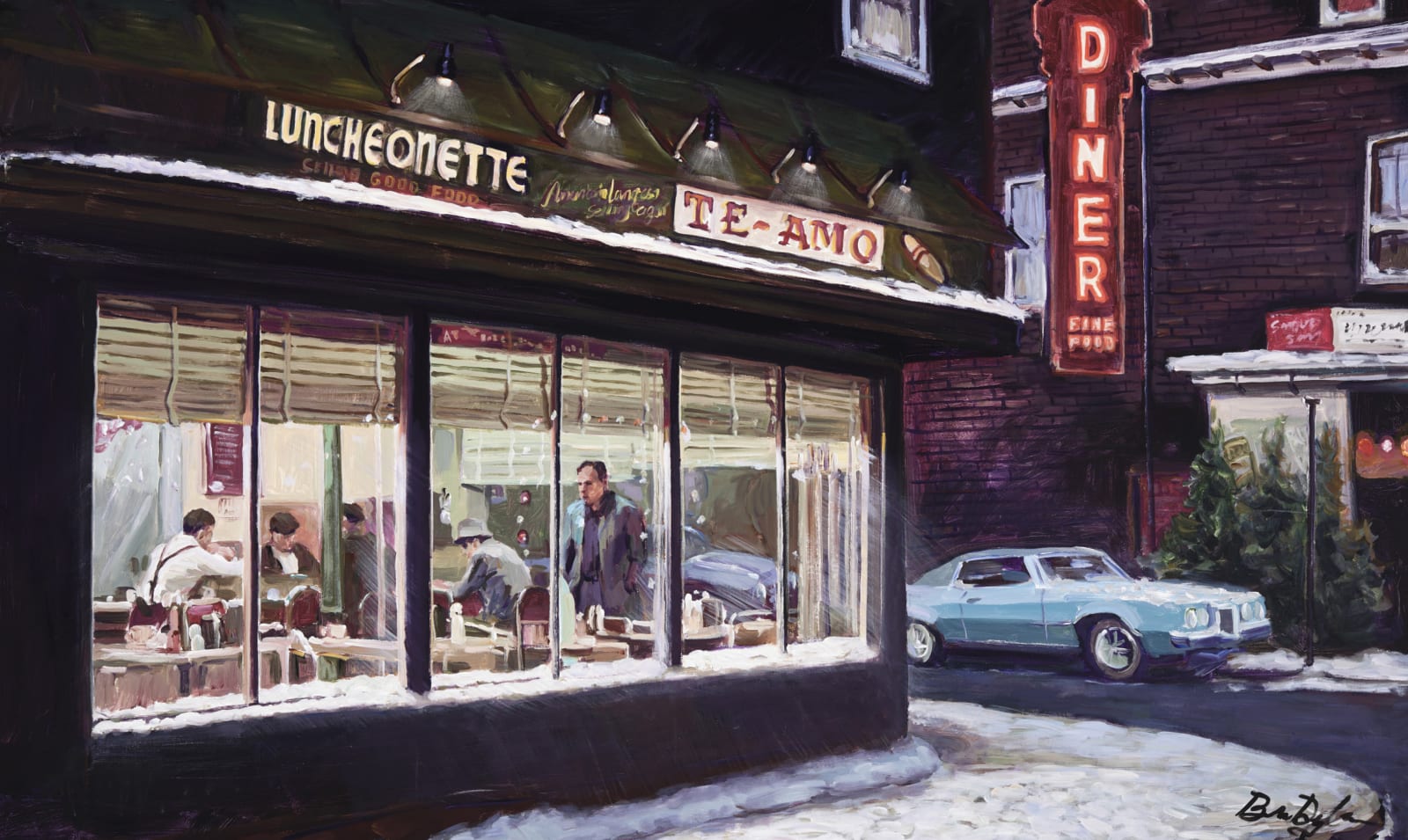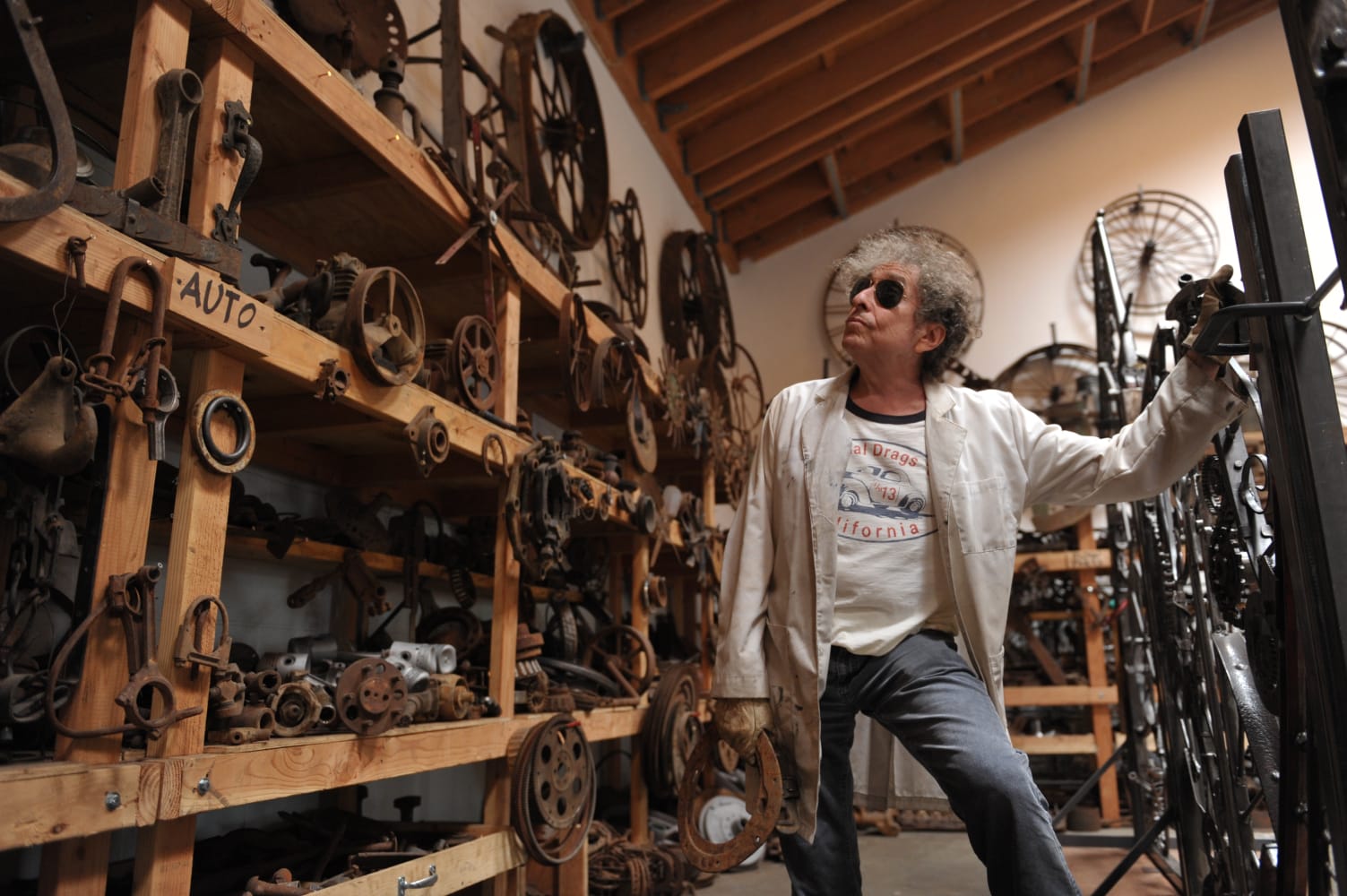

Santiago Montoya
Santiago Montoya is a contemporary Colombian artist who lives and works between Miami, USA and Bogotá, Colombia. Montoya’s practice employs diverse media, with his medium of choice being paper currency and, more recently, chocolate. His multi-disciplinary approach explores our perception of value historically and in modern society.
Below, discover 5 Things to Know about Santiago Montoya.
If you are interested in adding to your collection, speak to one of our art consultants now - email us at info@halcyongallery.com

1. Santiago Montoya uses currency as both artistic inspiration and medium
Santiago Montoya is a multidisciplinary Colombian artist, living and working in Miami, USA. He is most widely known for his practical investigations: folding, bleaching and manipulating paper currency, though his oeuvre extends beyond these confines into neon works, aluminium sculpture and even jacquard tapestry. In most cases, there is an underlying motivation to explore how the perception of value changes across national borders and time.

2. Montoya’s artwork merges aesthetic beauty with thought-provoking commentary
His choice of medium often carries social or political commentary, acting as facilitator for his narratives. Money, for example, has wavering connotations to each receiver. For the artist, ‘bills function as small paintings that dispense a message.’ As is true of most banknotes, they encase tiny historical image narratives on each face. Montoya collects from every corner of the world, speaking to wider histories of globalisation while mapping an interesting visual lexicon. On the surface, it could be misconstrued that Montoya’s works are all about money, capitalisation and wealth.
Though they owe some narrative to this, Falconi argues that ‘the work’s poignancy derives from the way in which Montoya has been able to summon his peripheral vantage point to transform a very particular cultural trait of Latin America, into a powerful interrogative tool.' The cultural trait Falconi references is the lettered legal order that has its roots in Spanish colonial legacy in Colombia. It refers to the country’s enduring legacy of written legal documents and the importance of scripture in the governance of the region. In his use of paper currency, he dually comments on paper’s engrained importance, and how imbued money is to this narrative.
Montoya employs this legacy across many of his works, using paper currency to speak to the flaws of this tradition. 25% Cotton, 75% Linen, (2012) constitutes a bleached stack of banknotes. This work assumes a white mass, with no reference to its original value; as such, Montoya’s work mocks the concept of inherent value in paper currency, highlighting the inherent fragility of the economic order.

3. His work is a celebration of artisanal practice
Montoya’s practice relies on the skill and dedication of many artisans. His most recent series, Names in the Sand (2024), features hand-blown hourglasses containing sand and gold sediment from the Cauca (Antioquia), Marmato (Caldas), Quebrada La Valeria (Caldas) and Quindío (Quindío) rivers in Colombia. This series celebrates artisanal craftsmanship twofold, not only in the intricate glass-blowing technique, but in the laboured mining of the sediment that is central to the work’s meaning. Montoya speaks fondly of his first interest in gold panning – the act of sifting riverbeds for sediment that lay within it – that stemmed from his ability to hear artisans working on the river from his family home. Gold panning is a low-cost mining technique that involves cleaning the alluvial deposit from the riverbed with a sieve-like pan to reveal any precious sediment that lies within it.
The process is laborious and does not yield much material; for one work it can take several years to complete. These artisans immerse themselves in the cold waters of the river for eight to ten hours per day, washing the sand continuously to collect deposits of gold at the end. This work celebrates the riches of Colombia’s land and the historic trade of the artisans he employs. The process refers to the monetisation of the land – one that was so heavily reaped and taken advantage of by the western world, particularly during Spanish rule.






